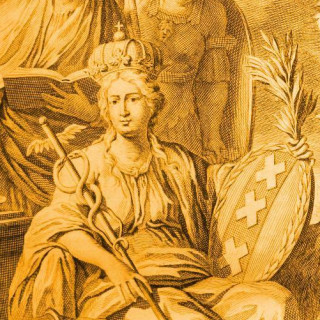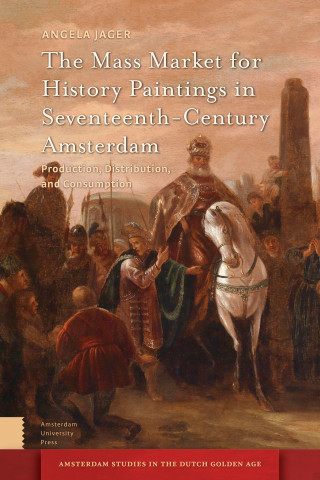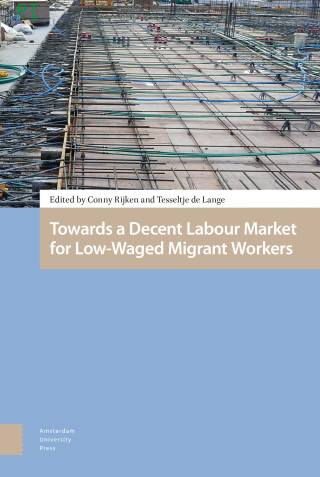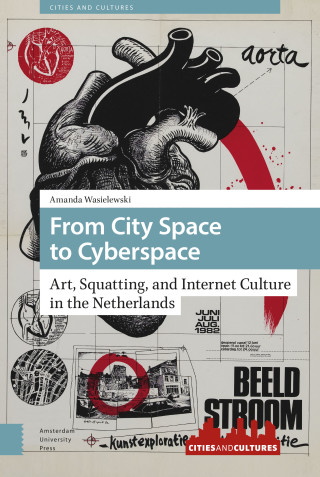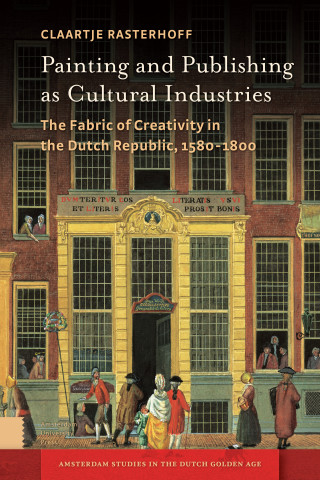The art market in seventeenth-century Amsterdam emerged as a competitive, multi-layered arena where artists of all kinds vied for a diverse and expanding clientele. How did this complex market function? And how did individual painters navigate this intricate system, making artistic and business decisions that fuelled the remarkable flourishing of Dutch art?
Painters’ Playbooks explores these questions through a novel socio-spatial lens. Drawing on digital methods, it reveals new patterns in artistic practice and market development in early modern Amsterdam. The book synthesises diverse historical sources to uncover artists’ collective behaviours – or ‘playbooks’ – reflected in their location choices, social networks, and domestic interiors. Moving beyond traditional economic and art-historical explanations, it shows how these playbooks shaped market structure and influenced artistic innovation in the seventeenth century.


